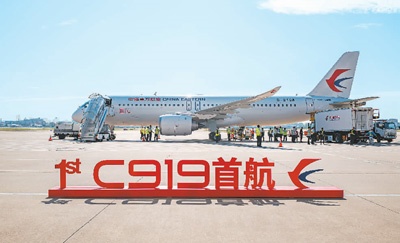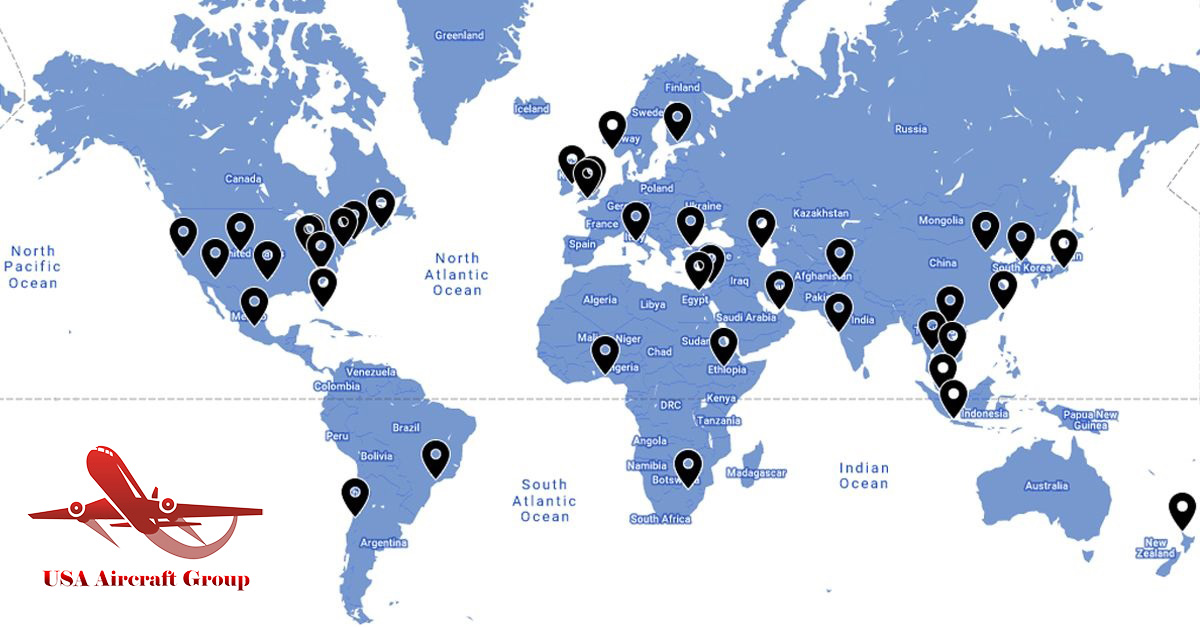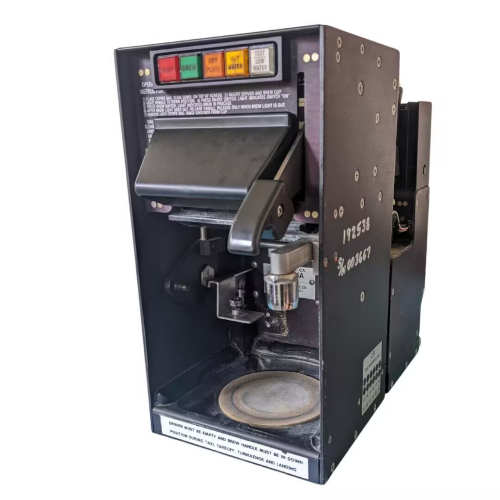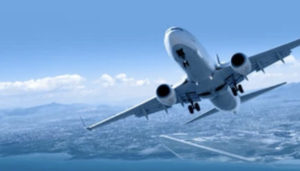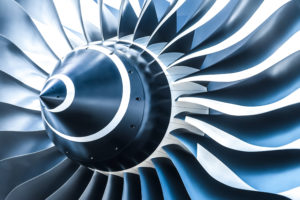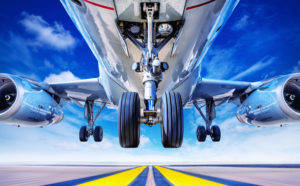Press Releases

Aircraft fuel tank-USA Aircraft Group Corporation
Date: 2025/11/18
Simply put, the fuel tank of modern civil airliners is mainly located inside the wings.The following is a detailed explanation for you:
1. The main position of the fuel tank
· Wing main fuel tank: This is the main and largest fuel tank. The internal structure of the two wings is designed to store a large amount of fuel.
· Advantages:
· Structural efficiency: The fuel weight is concentrated on the wing, which can offset the bending moment generated by part of the wing lift and reduce the burden on the fuselage structure.
· Balance the center of gravity: When fuel is consumed, the center of gravity of the aircraft changes less, which is conducive to flight stability.
· Save space: do not occupy the precious space of the cabin and cargo hold.
· Cooling effect: Fuel can help absorb and dissipate the heat generated by the wing structure and some systems.
· Central fuel tank: located in the middle of the fuselage, below the cabin floor, between the roots of the two wings.
· It is very common on long-range and large airliners (such as Boeing 747, 777, Airbus A330, A350, etc.).
· The central fuel tank is usually used first, and the fuel of the main fuel tank of the wing is used after it is used up, so that the weight can be transferred from the fuselage to the wing as soon as possible and the bending stress of the fuselage can be reduced.
· Leveling the fuel tank: Some ultra-long-range aircraft (such as Boeing 787, Airbus A340, A380) will also have a small fuel tank on the horizontal tail.
· Function: In long-distance flights, the center of gravity of the plane will move forward with fuel consumption. By transferring the fuel of the leveled fuel tank back and forth, the center of gravity of the aircraft can be fine-tuned to keep it in the most fuel-efficient state.
2. Refueling method
You may have seen ground staff refueling the plane at the airport:
· Pressure refueling: the most common way. There is a refueling panel under the wing, and the ground staff connects the oil pipes of the refueling truck or the well, and quickly injects fuel into each fuel tank through pressure.
· Gravity refueling: As a backup method, there is a traditional refueling port on the surface of the wing, which is similar to car refueling, but now it is rarely used in large passenger aircraft.
3. The position of the fuel tank of a military aircraft
The design of fuel tanks of military aircraft is more diverse. In addition to the fuel tank inside the wings and fuselage, it also includes:
· Secondary fuel tank: a disposable fuel tank hanging under the wing or fuselage, which is used to extend the range. It can be thrown away in air combat or when high mobility is required.
· Soft fuel tank: The fuel tank made of flexible materials can adapt to irregular body space.
· Shape-presting fuel tank: a streamlined fuel tank installed close to the outline of the fuselage, which has less impact on the aeumatic performance of the aircraft while increasing fuel.
Summary form
Aircraft type, main fuel tank location, characteristics
Modern civil aviation passenger aircraft, the inside of the wing, the central fuel tank (fuselage), and the flat fuel tank (tail, some models) are safe, efficient, save cabin space, and use fuel weight for structural balance.
Military fighter aircraft, fuselage interior, wing interior, secondary fuel tank (plug-in), shape-presting fuel tank Pursuing range and mobility, external fuel tank can be discarded.
The internal structure of the wings of small general-purpose aircraft is simple, and gravity refueling is usually carried out through the refueling port above the wing.
Therefore, the next time you take a plane, if you sit by the window, you may see the ground staff busy connecting the oil pipe under the wing before take-off or after landing, which is the main entrance to "feed" the plane.



